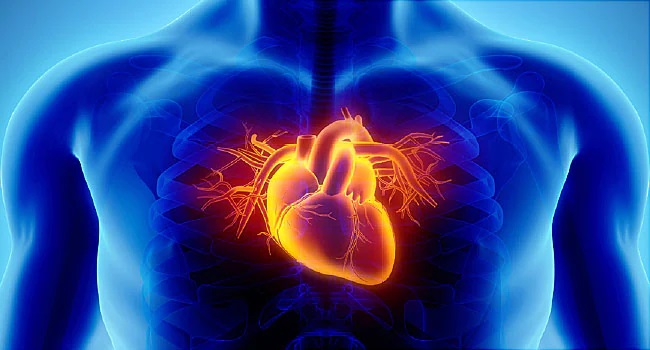The increasing demand for non-surgical cosmetic procedures has led to the popularization of innovative techniques like thread lifting. Primarily used to combat sagging skin and aging, this non-invasive procedure has taken the beauty world by storm due to its effective and impressive results. But what is it about thread lifts that make them a compelling choice for those seeking aesthetic enhancement?
The Process of Thread Lifting
Thread lifting, also known as suture lifting, involves the use of temporary, medical-grade sutures to create a subtle yet visible “lift” in the skin. Instead of surgically removing an individual’s loose facial skin, the cosmetic surgeon suspends it by stitching up portions of it. This has the effect of pulling the skin back, thereby lifting and tightening the face.
While the principal procedure might seem straightforward, the secondary effect is what makes thread lifting remarkable. By provoking the body’s natural healing response, the procedure induces collagen production in treated areas. Collagen, a protein responsible for the skin’s pliability and resilience, naturally diminishes with age. However, the introduction of threads stimulates collagenesis, promoting renewed vigor and a youthful appearance in the skin.
A Multitude of Threads
The effectiveness of a threadlift treatment in Singapore can vary based on the kind of thread used during the procedure. There are two primary types of threads used in lifting treatments – Polydioxanone (PDO) threads and Poly-L-Lactic Acid (PLLA) threads.
PDO threads, made from a biodegradable synthetic polymer, are popular for their temporary but immediate effects. They are absorbed by the body within six months, but not before inducing the synthesis of collagen, which leads to an enhanced skin texture and a reduced appearance of wrinkles.
PLLA threads, on the other hand, are long-lasting and more robust. Composed of a biocompatible and bioresorbable material, these threads can remain effective for up to two years. Like PDO threads, PLLA threads stimulate collagen production, enhancing skin quality over time.
Each type of thread offers its unique advantages, with the choice largely dependent on the patient’s needs and the practitioner’s expertise. By combining these threads, doctors can offer customized thread lifting procedures to cater to a wide range of aesthetic goals.
Unraveling the Benefits
The benefits of threadlift treatments in Singapore extend beyond merely physical transformations. One of the most significant advantages is its minimally invasive nature. Traditional surgical facelifts require extensive incisions and lengthy recovery times. Thread lifts, however, involve minor incisions, meaning less downtime and a reduced risk of complications such as scarring or infection.
Thread lifts also allow for a more natural, subtle outcome, avoiding the “pulled” look that surgical facelifts can sometimes produce. The procedure is also highly versatile, able to treat various areas of the face and neck, and can be tailored to individual requirements.
Another often-overlooked benefit is the psychological boost that thread lifts can provide. Improving one’s appearance can lead to increased self-confidence and positive body image, significantly impacting an individual’s quality of life.
In conclusion, thread lifts stand as a testament to the advancement in non-surgical cosmetic procedures. By harnessing the body’s natural healing processes, this treatment goes beyond surface-level changes, prompting cellular-level improvements that lead to healthier, younger-looking skin. As medical technology continues to advance, so too will the opportunities for individuals to take control of their appearance in safe, effective, and minimally invasive ways. It’s no surprise that thread lifts have quickly become a highly sought-after solution for those looking to reverse the signs of aging without going under the knife.
For those considering a thread lift, it is crucial to consult with a certified and experienced practitioner who can provide guidance based on individual skin conditions and aesthetic goals. After all, every face is unique, and thus, every treatment should be too.
















